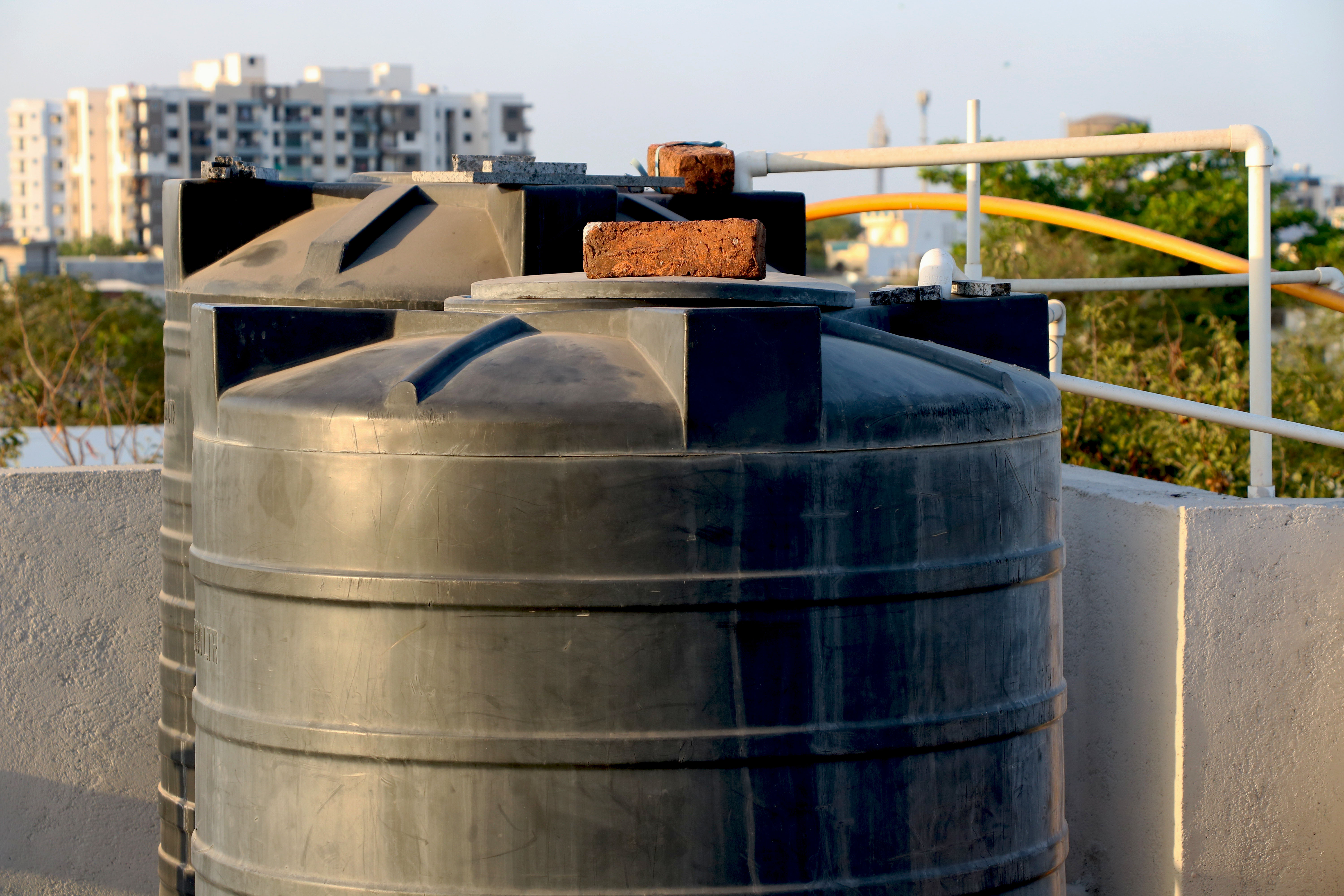A Brief Guide To Rainwater Harvesting Technology
2022.06.29

Water conservation is a significant effort one can contribute to protecting the environment. Since water is limited, innovators continuously create solutions to make water consumption more sustainable.
One method to effectively conserve water is through rainwater harvesting. Rainwater harvesting technology is a system that collects, filters, stores, and utilizes rainwater for various purposes. It provides a solution to clean water shortages.
You can use filtered rainwater at home for laundry, kitchen, and bathroom. However, additional purification processes can be done to use collected rainwater for drinking and cooking. As technology advances, you can get free clean and pure water from rain and the like.
What Are The Common Rainwater Harvesting Methods
One common rainwater harvesting method is rooftop rainwater harvesting. Rainwater flows from the roof and is collected through a rainwater barrel or pit before filtration and storage. It's ideal for homes of all sizes, but those with larger roof areas can benefit more from it.
Rainwater tanks used on home rainwater harvesting systems can be placed above or under the ground. After going through filtration, the water is stored in a tank. Depending on how much rainwater you expect to harvest, you may need one or more tanks. You may check out resources online like the url here to find out which water tank type is suitable for your property.
For a large-scale system, building a dam is efficient for water harvesting. It involves creating a barrier to trap water. When it rains, the rainwater directly accumulates in it. Rainwater from drainage systems can also be directed to it, maximizing its harvesting capacity. Water from dams is commonly used for irrigation but it can also be treated for domestic use.
What Are The Benefits And Downsides Of Rainwater Harvesting
Rainwater harvesting offers many benefits for homes, communities, and the environment. Some of these are the following:
• Reduces Home Water BillsMost homeowners set up a rainwater harvesting system on their property to reduce their home water bills. Having your secondary water source lessens your dependence on the grid. If you include a water treatment system, you can use rainwater as a primary source to cut off a part of the typical living costs. It's also an efficient way to make your home eco-friendly.• Prevents Soil Erosion And FloodingSince the rainwater doesn't fall directly on the ground, soil erosion is lessened. The road and pavement rainwater collection systems in the cities also prevent flooding. Although water from these harvesting systems can be contaminated, it can still be filtered and used for crop irrigation.• Lessens The Use Of GroundwaterPotable water from underground is limited, unfortunately. As the human population grows, groundwater may become scarce after decades. By finding a secondary water source like rainwater, groundwater conservation is possible. This way, the planet's natural resources are protected and conserved for future generations.Although rainwater harvesting technology provides many benefits, there are also some disadvantages that innovators try to lessen and eradicate. Some of these are the following.• Requires Regular MaintenanceRainwater harvesting systems require regular maintenance to ensure health and safety. Frequent inspection is crucial to detect possible contaminants. While homeowners can take steps to maintain the system, it's still best to call the professionals for thorough periodic cleaning sessions.• Risks Of Harboring Mosquitos and Waterborne Diseases Are PresentFailure to maintain and clean your home's rainwater system can harbor waterborne diseases from bacteria and viruses. Uncovered rainwater barrels are also a typical breeding ground for mosquitos. Regular inspection, cleaning, and water testing are required to prevent these issues, especially if you use treated rainwater for cooking.• Rainfall May Be LimitedNot all regions or areas get frequent rainfall. Therefore, installing a rainwater system is not always a wise choice for everybody. If you're planning to rely on rainwater as a primary or secondary source, it's best to study how much rain you get in a year. This way, you can decide whether it's a good investment based on your location.
How Much Does Installing A Home Rainwater System Cost
It’s said that a typical home rainwater system can cost between USD$1000 to USD$3500. It depends on the scale of the system and the size and number of tanks. These prices may also change depending on your location and availability of materials and services. You may expect to spend more if you're planning to treat rainwater for kitchen use.
For a standard water filtration system with a 5,000-gallon water tank, for instance, you may spend around USD$2500.
Is A Rainwater Harvesting System Worth It
The short answer is yes. The advantages you can enjoy and the positive environmental impact are worth investing your money in. Rainwater harvesting technology also offers sustainable water consumption for homeowners in the city or off-grid.
If you're planning to set up a rainwater harvesting system on your property, you must consider how much rain you can collect. For those residing in regions with an average of 200 mm annual rainfall, a rainwater system is worth it in the long run.

Conclusion
Rainwater harvesting technology solves the world's water shortage and flooding problems due to poor rainfall and stormwater management. Homeowners can participate in this sustainable step by setting up their very own residential rainwater harvesting system at home.
More Articles
Copyright © Fooyoh.com All rights reserved.